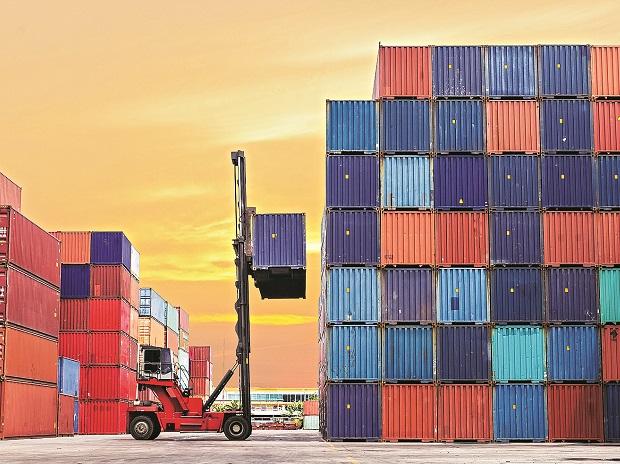After a significant push back by exporters and domestic industry against the government's sudden decision to cut down on the Merchandise Export from India Scheme (MEIS) scheme, the Commerce Department has now suggested to the Revenue Department that some broad benefits be continued under MEIS's planned successor scheme.
Senior sources say the ministry has repeatedly pushed back against the decision to cap the MEIS scheme at just Rs 9,000 crore for the April-December period and the unilateral suspension of disbursals of benefits. Officials say, the Commerce Department has now proposed that benefits under the upcoming Remission of Duties or Taxes on Export Products (RoDTEP) scheme be expanded from what had been planned earlier, to give exporters much needed support.
The updated RoDTEP scheme had been announced earlier as an updated alternative to the MEIS, set to go live from January 1, 2021. But after objections from the Finance Department, it had seen benefits being reduced drastically. Now, the Commerce Department has suggested that it act on a similar formula to the MEIS scheme.
"While the rates for RoDTEP are being drawn up, it has been suggested that the benefits should now be broad base and cover a larger cross section of manufacturing industry," a senior official in the know said. But the argument of cutting down on expenses may fall flat if the initial projected cost of Rs 50,000 crore worth of tax rebates holds true going forward.
Long time coming
Instead of extending the MEIS, which cost Rs 43,500 crore in 2019-20, the finance ministry and the NITI Aayog have called for putting financial resources into new Production-Linked Incentive (PLI) schemes in select sectors with core competency and potential for global exports. The revenue department argued against continuing the scheme, calling it inefficient and wasteful. It pointed to the runaway cost of maintaining the scheme, despite exports not growing at all.
Senior government sources say public tax liability under the MEIS ballooned from Rs 20,232 crore in 2015-16 to Rs 43,500 crore in 2019-20, becoming unsustainable. However, exports remained stuck at $313 billion in 2019-20 against $310 billion in 2014-15.
While MEIS had been set to be discontinued since last year, the Commerce Department had back in April extended the scheme up to December 31 this year. However, the Directorate General of Foreign Trade asked the Department of Revenue and CBIC to stop registration of applications for scrips or incentives under the MEIS scheme for shipping bills dated April 1, 2020. Incentives to the tune of Rs 422 crore were issued to various exporters until July 20. Since July 23, the online MEIS module has also been blocked.
MEIS support needed
Introduced in 2015 under the Foreign Trade Policy, the mega MEIS was created by merging five reward schemes. Initially, exporters earned duty credits at fixed rates of 2 per cent, 3 per cent, and 5 per cent, depending on the export of certain products to three sets of countries. While it originally covered 4,914 tariff lines, it currently covers 8,059, which constitute 75 per cent of all traded products.
The wide coverage of MEIS meant that resources are spread across a number of tariff lines without focus. Additionally, liabilities on accounts of MEIS have grown faster than the rate of growth of exports. However, the Federation of Indian Export Organisations has pointed out that sudden axing of the scheme would spell disaster for exporters big and small, who had already counted the scheme benefits into their cost outlay for the current financial year.
The government had decided to discontinue MEIS — its largest export promotion scheme — after the WTO said it distorted trade by providing direct subsidies. The organisation, in November 2019, ruled against India in its trade dispute with the US and asked it to stop all export promotion schemes within four months.
Unlike MEIS, RoDTEP aims to support a few identified sectors where the government deems India to have competitive strength and assist companies to enhance their size and scale. Inter ministerial meetings have seen the NITI Aayog keenly backing this new approach which requires attracting investments in sectors of core competency to ensure efficiency and economies of scale.
